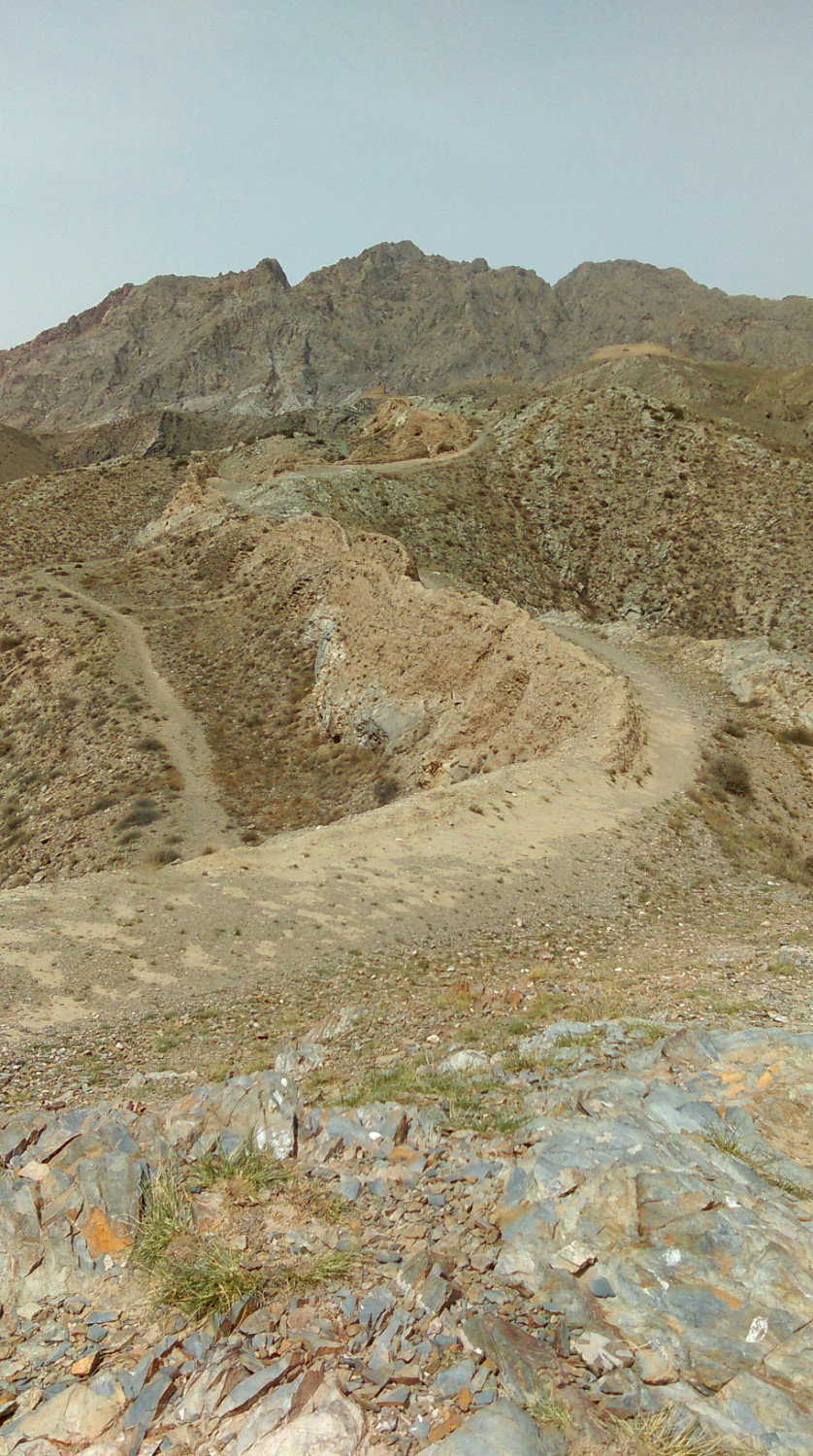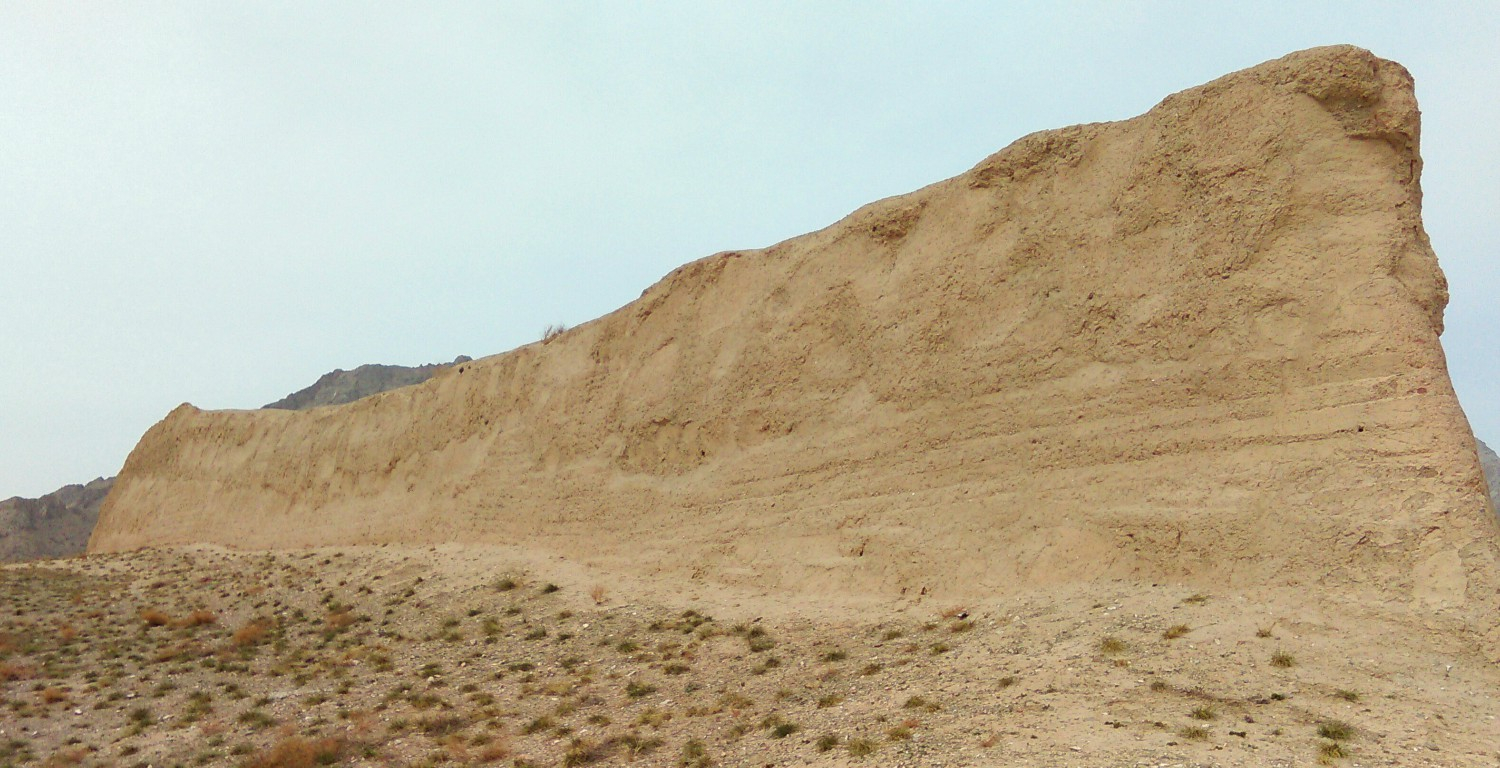
Take a walk with me back through the pages of history, into an ancient China most have forgotten and fewer have ever witnessed. I feel so fortunate as I’m walking along its silent ramparts and I want to share this experience with you.
Just an hour’s drive out of Yinchuan, Ningxia Provence, in China’s sparsely populated Northwestern region sleeps a crumbling and forgotten Wall, stretching snake-like off into the endless Gobi Desert. If only walls could talk; then I feel this wall would have us all spellbound with its story.
Imagine this: we’re on a ridge atop a section of the Great Wall of China in the desolate but stunningly beautiful Helan Mountains. There’s no one about, and as we look to the north we see the crumbling mud-brick and rammed-earth wall clinging precariously to the ridge-tops striking off into the distance. Some sections are reasonably intact while other sections have melted away creating ghostly shapes against a stark mountainous backdrop.
Walking is relatively easy as the Wall is some metres wide, but with steep and sometimes sheer drops on either side. We wouldn’t want to be here on a very windy day. There is no hint of anyone being here except for a faint worn path in the middle. You can walk for miles.

Facing south and far off into the distance we can see the flat desert terrain; its only discernible feature being an ochre-coloured wall snaking off into infinity. We’re told this section of the Great Wall is probably around 600 years old and made of mostly mud bricks, rammed earth, rocks and – surprisingly – bound together in places with sticky rice.
This peaceful section of the Wall is dripping with a history of bloody battles long fought and all but forgotten. The narrow pass below us, and where we have just set out from, is where the infamous Mongol warlord, Genghis Khan, first led his 150,000 mounted cavalrymen into China from Mongolia in 1209. It’s said it took them all day to negotiate the narrow pass. From here they commenced their decades-long invasion of China starting with the destruction of nearby Yinchuan and the slaughter of over 100,000 of its inhabitants. Yinchuan is where I have based myself.
It was during this horrific massacre and destruction that Genghis Khan was also killed.
The cries of battle have long ago faded and the only sounds to be heard now are our heavy breathing, having just climbed up from the pass, and the breath of the restless desert winds.

Construction of the Great Wall commenced around 2,700 years ago while the last sections were completed about 600 years ago. The Wall is in fact a series of walls mostly running roughly parallel with each other, but at times some sections branch off at right angles for hundreds of kilometres. Its combined total length is over 21,000km, some of which is walkable, but it is shorter and probably easier to walk from the South Pole to the North Pole which is a mere 20,000km.
The Great Wall’s main function was to keep out the marauding Mongol hoards, but it was also used to control immigration and to collect duties on goods at certain control points since the famous Silk Road passed through several of the walls.
The Wall is now seen as a Museum in its own right, with sections of it being constantly restored to its former glory. Some sections receive various degrees of maintenance whilst other sections are totally neglected due to its location and other factors. You can visit sections using cable cars or you can simply drive out into the remote desert away from the crowds and be absorbed by the stunning scenery and the silence and its history.
This was my experience.